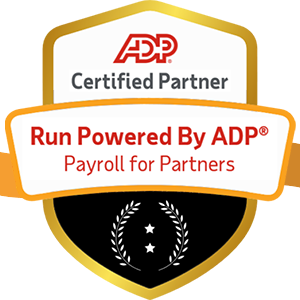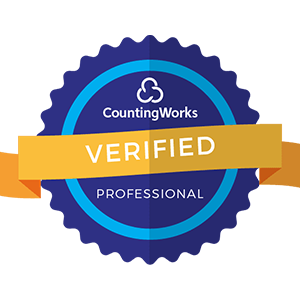
In today's competitive business landscape, organizations are constantly seeking ways to optimize their workforce and drive better business outcomes. Enter people analytics – a powerful tool that combines data, technology, and insights to revolutionize the way HR decisions are made. By leveraging the vast amounts of employee data available, companies can gain a deeper understanding of their workforce, identify trends, and make informed decisions that positively impact employee engagement, productivity, and overall organizational success.
People analytics, also known as HR analytics or workforce analytics, is the practice of collecting, analyzing, and reporting on employee data to improve HR strategies and business outcomes. It involves using statistical methods, data mining, and machine learning algorithms to uncover insights and patterns that can inform data-driven decision-making.
The goal of people analytics is to move beyond gut instincts and assumptions, and instead rely on objective, quantifiable data to guide HR practices. By doing so, organizations can:
The concept of people analytics has been around for decades, but it has gained significant traction in recent years due to advancements in technology and the increasing availability of employee data. With the proliferation of HR information systems (HRIS), applicant tracking systems (ATS), and performance management tools, organizations now have access to a wealth of data on their employees, from demographic information and job history to performance metrics and engagement scores.
Moreover, the COVID-19 pandemic has accelerated the adoption of people analytics as companies grapple with the challenges of remote work, employee well-being, and workforce planning in an uncertain environment. According to a survey by Deloitte, 70% of organizations are now using people analytics to improve business performance, up from 56% in 2018.

Implementing a people analytics strategy can yield numerous benefits for organizations, including:
By leveraging data-driven insights, HR leaders can make more informed decisions about talent acquisition, development, and retention. For example, predictive analytics can help identify high-potential employees and tailor development programs to their specific needs.
People analytics can streamline HR processes and reduce administrative burdens. Automated data collection and analysis can save time and resources, allowing HR professionals to focus on more strategic initiatives.
By understanding the factors that drive employee engagement and satisfaction, organizations can create targeted interventions to improve the employee experience. This can lead to higher retention rates, reduced turnover costs, and improved productivity.
Organizations that effectively leverage people analytics can gain a competitive edge in attracting and retaining top talent. By using data to optimize their talent strategies, companies can build a more engaged, high-performing workforce that drives business success.

People analytics can be applied to a wide range of HR functions and initiatives. Some of the key areas where people analytics can make a significant impact include:
People analytics can help organizations identify the most effective recruitment channels, optimize job postings, and streamline the hiring process. By analyzing candidate data, companies can make data-driven decisions about who to hire and predict a candidate's likelihood of success in a given role.
By analyzing performance data, organizations can identify top performers, pinpoint areas for improvement, and develop targeted training and development programs. People analytics can also help managers provide more objective and constructive feedback to employees.
People analytics can help organizations measure and track employee engagement levels over time, identify key drivers of engagement, and develop targeted interventions to improve employee satisfaction and motivation.
By analyzing demographic data and employee feedback, organizations can identify gaps in diversity and inclusion efforts and develop strategies to create a more inclusive workplace culture.
People analytics can help organizations forecast future talent needs, identify skills gaps, and develop strategies for succession planning and workforce optimization.
Implementing a successful people analytics strategy requires a holistic approach that involves collaboration between HR, IT, and business leaders. Some key steps in the process include:

As technology continues to advance and the volume of employee data grows, the potential for people analytics to transform HR practices is immense. In the future, we can expect to see:
People analytics represents a significant opportunity for organizations to transform their HR practices and drive better business outcomes. By leveraging data-driven insights, companies can make more informed decisions about talent acquisition, development, and retention, creating a more engaged and high-performing workforce.
However, implementing a successful people analytics strategy requires a strategic and holistic approach that involves collaboration between HR, IT, and business leaders. Organizations must invest in the necessary tools and resources, ensure data quality and security, and foster a data-driven culture that values evidence-based decision-making.
As the field of people analytics continues to evolve, we can expect to see even more innovative applications and transformative outcomes. By embracing the power of data and analytics, organizations can position themselves for success in an increasingly competitive and dynamic business landscape.


